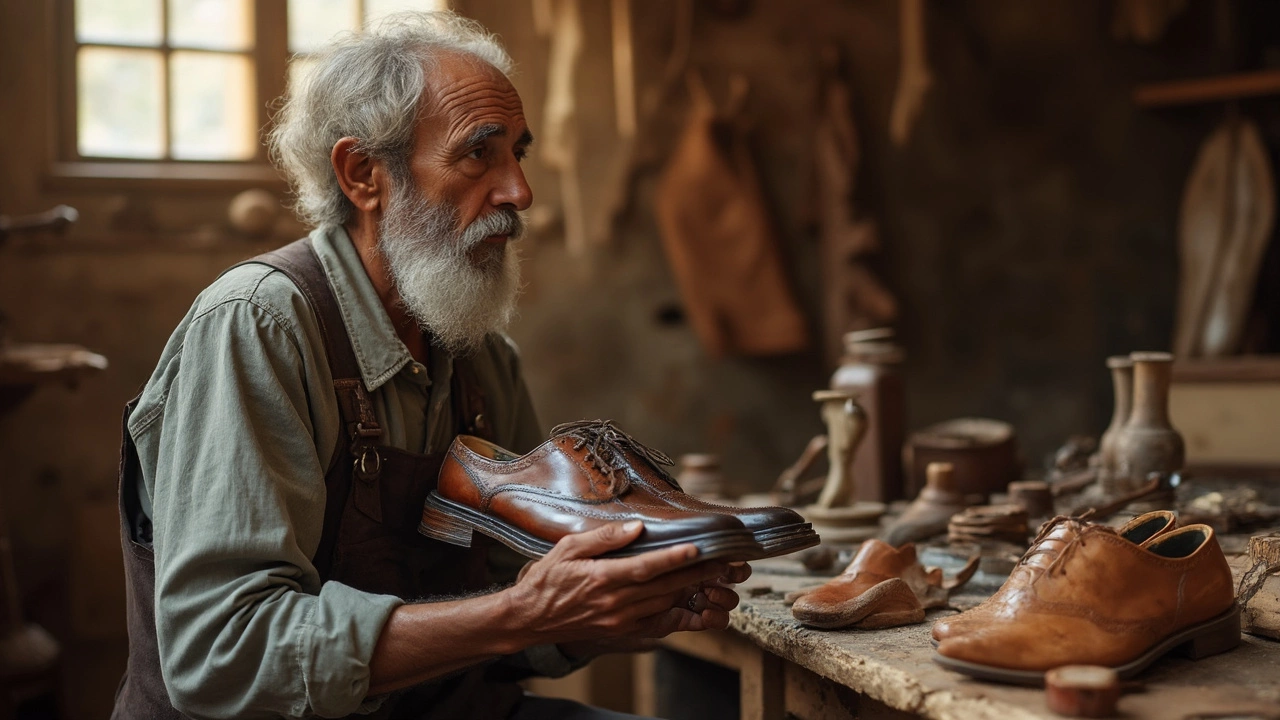Shoe History: From Bare Feet to Modern Kicks
Ever wondered why your sneakers look the way they do? The answer lies in thousands of years of shoe history. Knowing a few key moments helps you spot trends, understand comfort tech, and even pick pieces that last.
Ancient Roots: The First Footwear
About 10,000 years ago, people in the Middle East started wrapping animal skins around their feet. Those bundles were simple but solved a big problem: protecting toes from rocks and cold. In Egypt, sandals made of papyrus and leather showed up in tomb paintings, proving that even royalty cared about style. The ancient Greeks introduced the solea, a flat sandal with a strap across the foot, while Romans added the caligae, heavy‑soled boots for soldiers. Those early designs set the stage for comfort, durability, and a dash of flair.
Middle Ages to Industrial Age: Craftsmanship Meets Production
During the medieval period, shoe makers (known as cordwainers) hand‑stitched leather boots for knights and peasants alike. Pointed toes became a status symbol in the 14th century, while the Tudor era loved tall, stiff heels for men. Fast forward to the 1800s, the Industrial Revolution introduced machines that cut leather faster and more consistently. This mass production lowered costs, letting more people own shoes. The famous "Oxford" and "Derby" styles emerged in England, establishing the classic looks we still wear to offices today.
20th‑Century Boom: Sneakers, Sports, and Street Style
The 1920s saw rubber soles replace stiff leather, giving birth to the first canvas sneaker. By the 1950s, brands like Converse and adidas turned athletic shoes into fashion statements. The 1970s introduced the "sneaker culture" – shoes became a way to express identity, not just a sports utility. In the 1990s, hip‑hop artists popularized high‑top basketball shoes, and by the 2000s, technology like air cushioning and lightweight knit uppers changed how we think about comfort.
Why Shoe History Matters to You
Understanding this timeline helps you make smarter buys. If a shoe mimics the classic Oxford silhouette, you know it’s built for versatility. Spotting retro sneaker cues (like vintage colorways) can guide you toward pieces that hold resale value. Plus, knowing how materials evolved—from animal hide to synthetic mesh—lets you choose options that match your climate and activity level.
So next time you slip on a pair, think about the centuries of design tricks baked into those stitches. Whether you’re after timeless elegance or cutting‑edge hype, shoe history gives you the cheat sheet to stay ahead of trends and keep your feet happy.

Oldest American Shoe Brand: The Surprising Story of Alden

